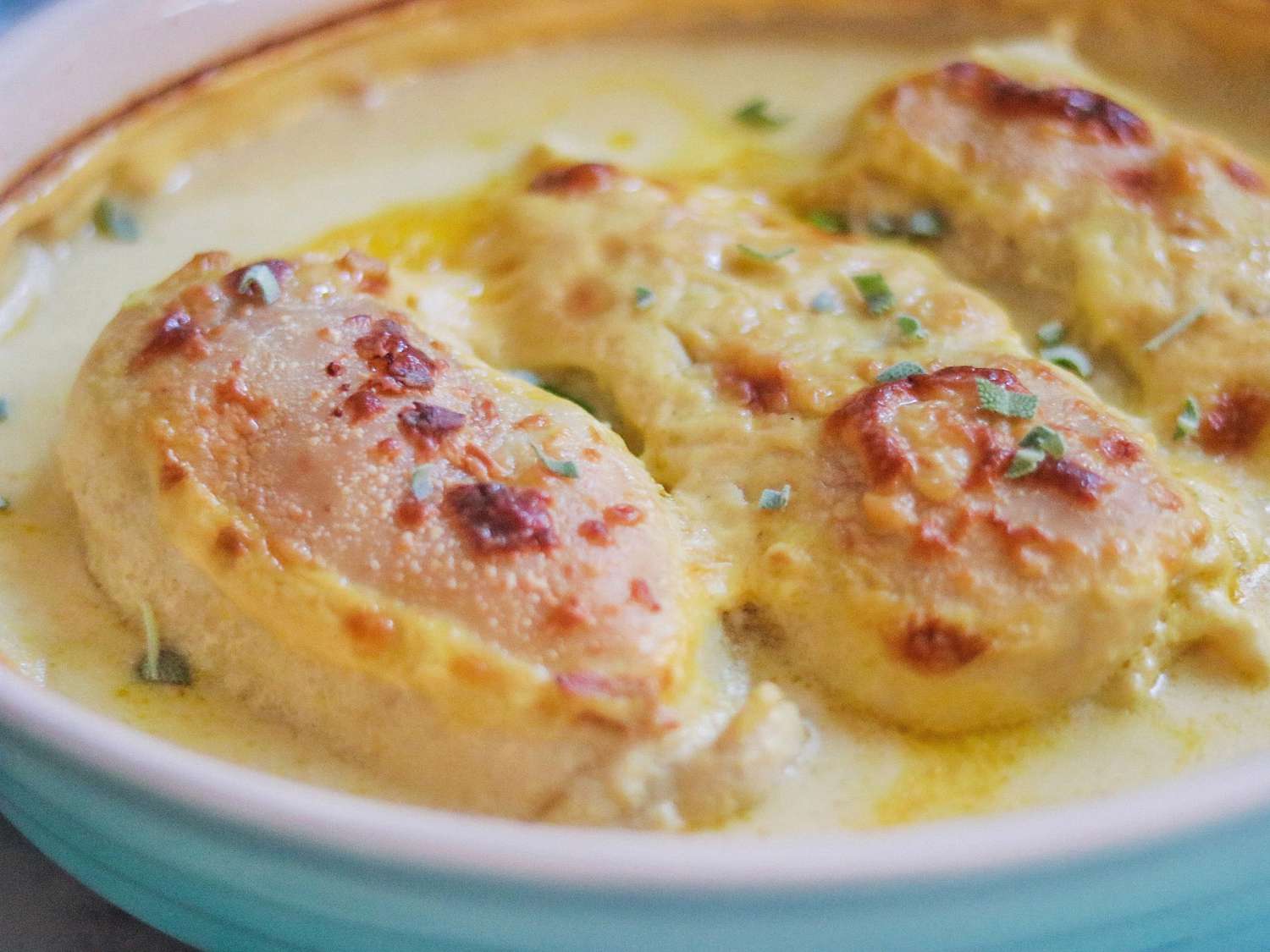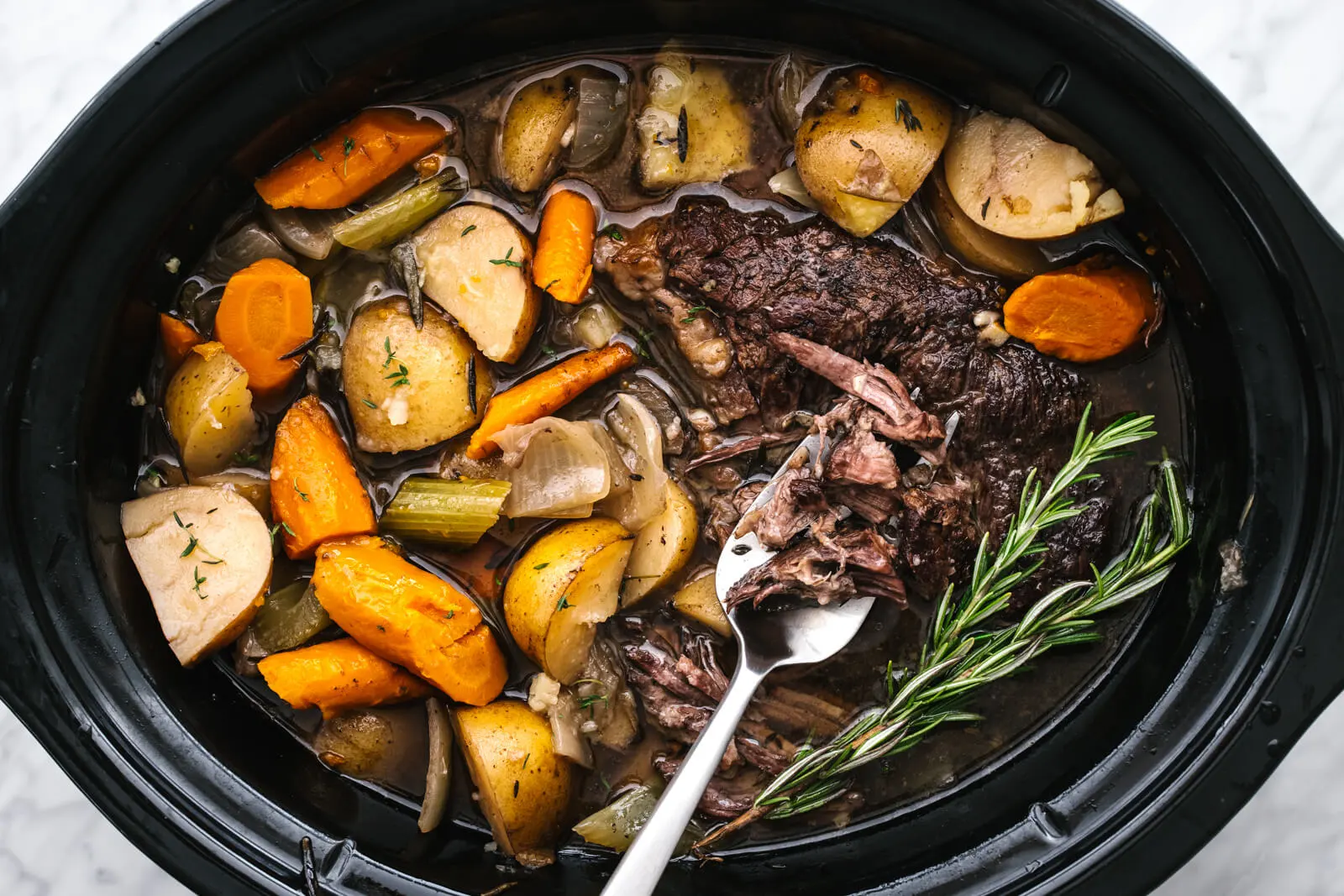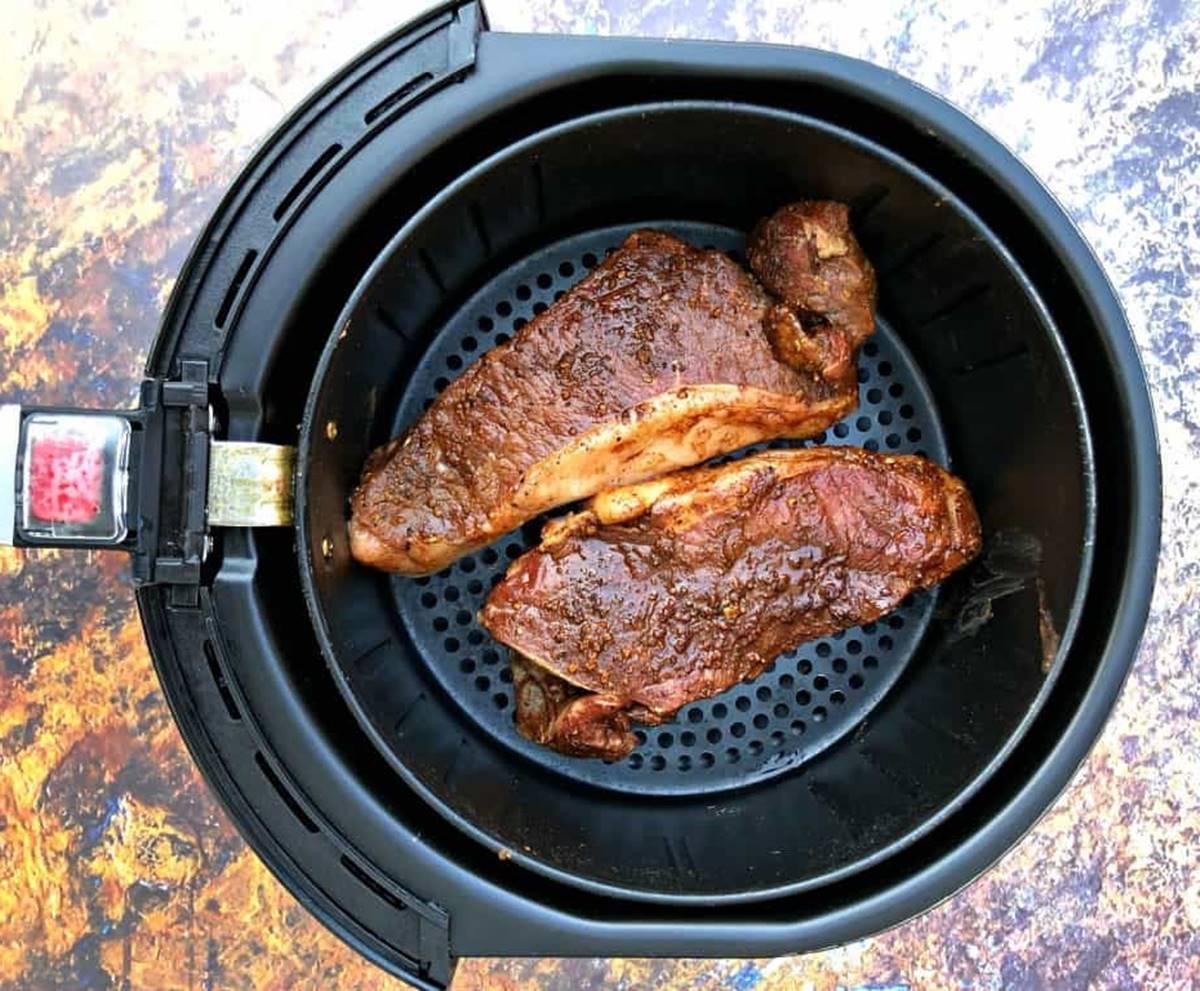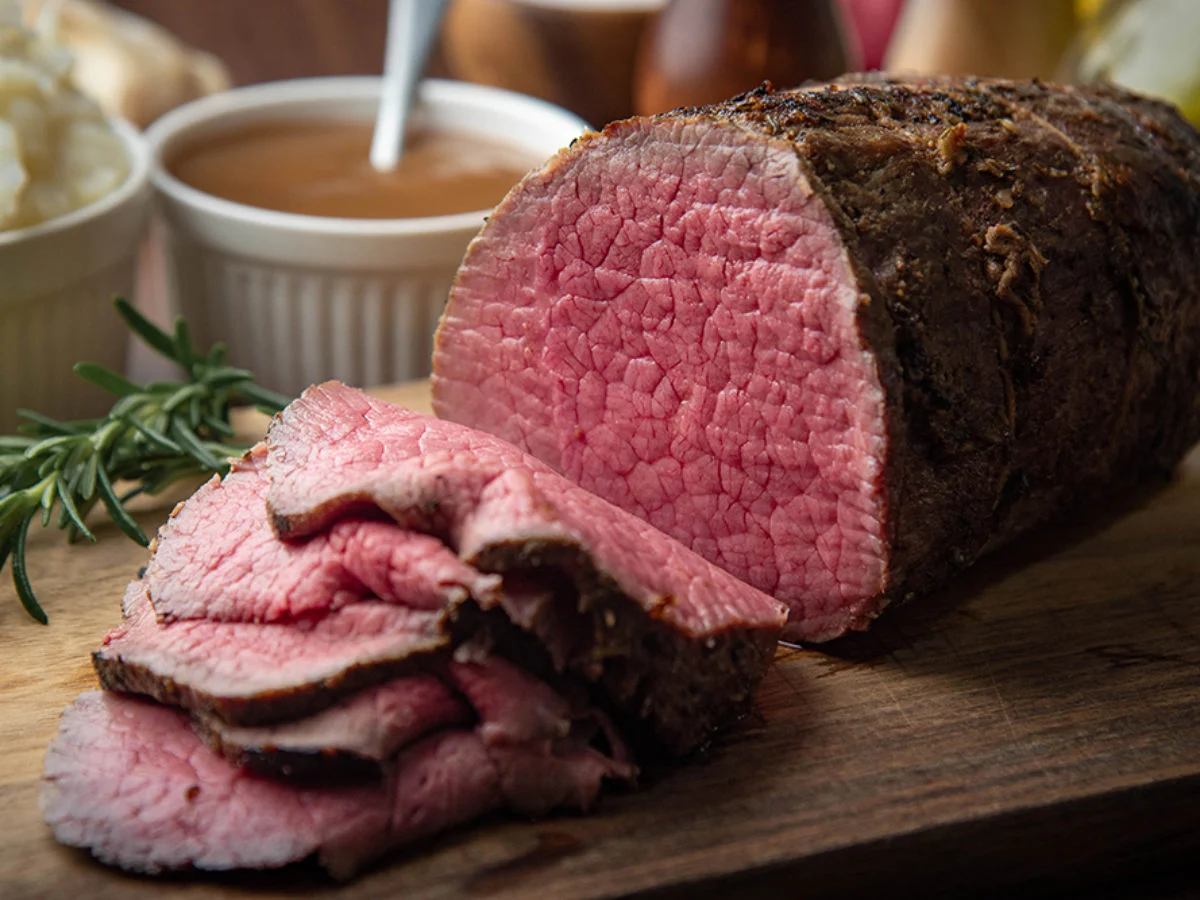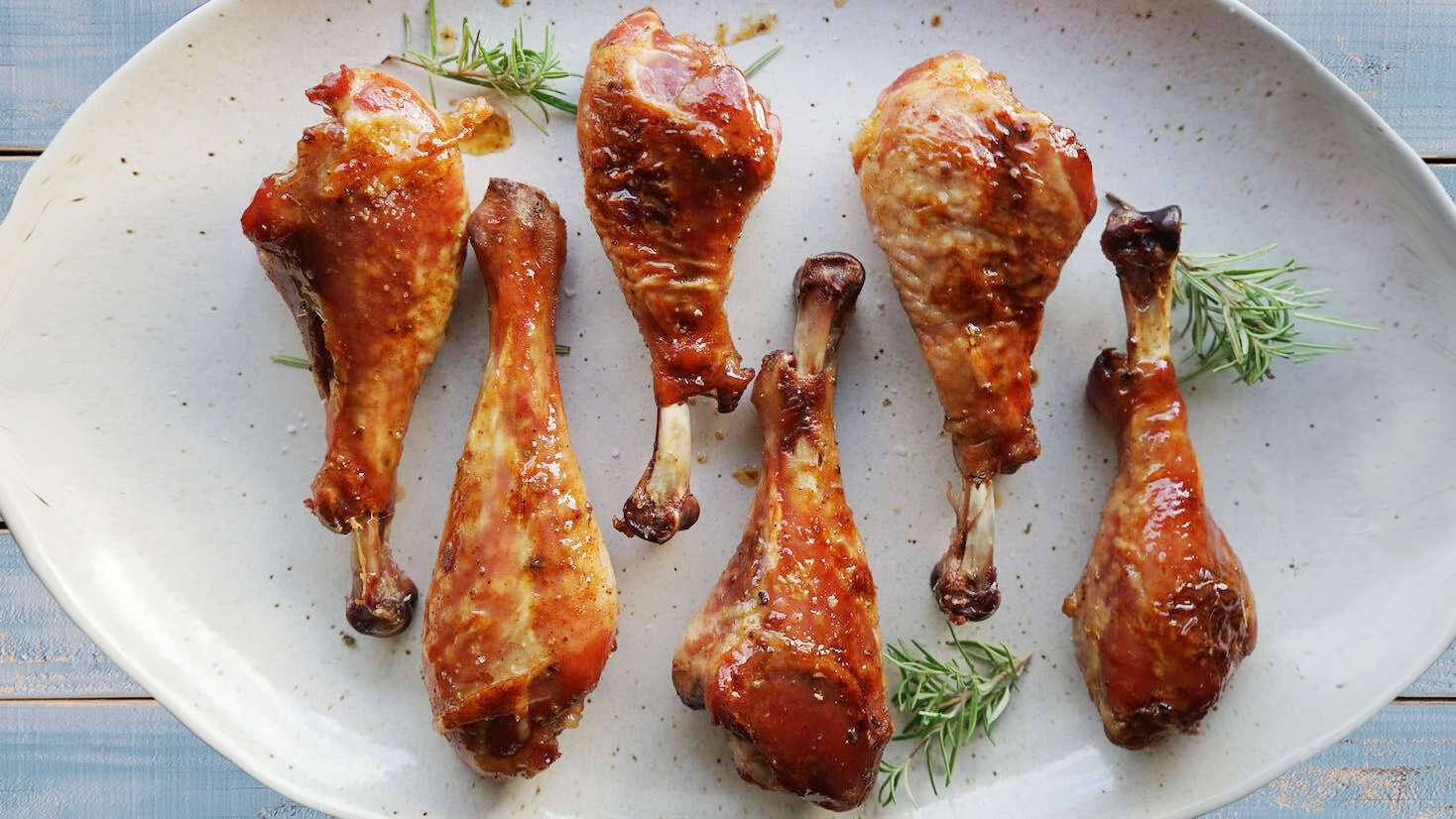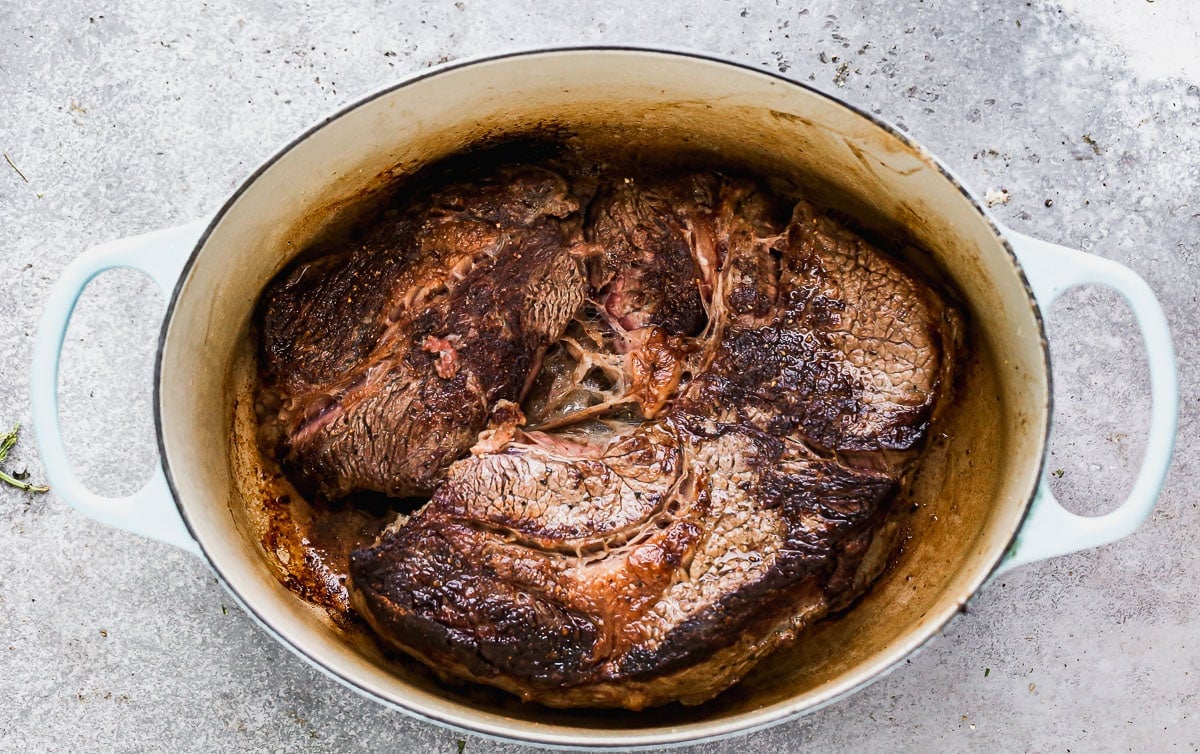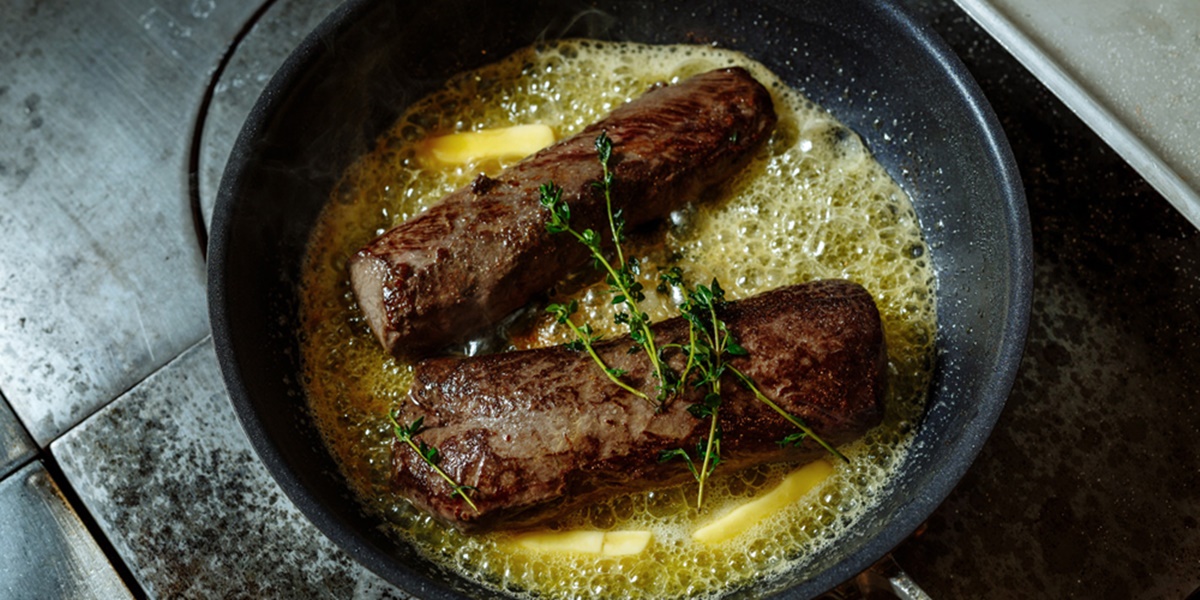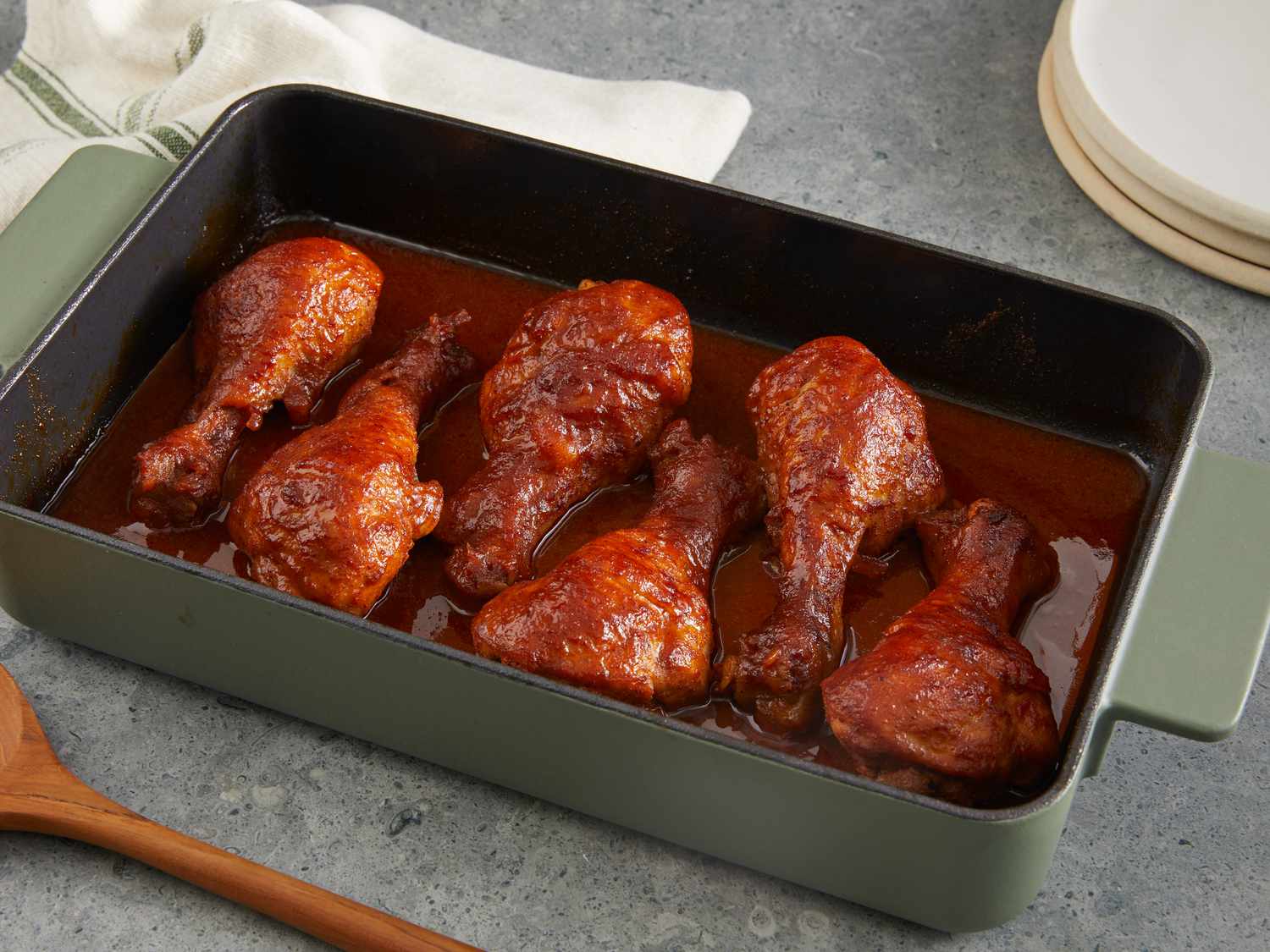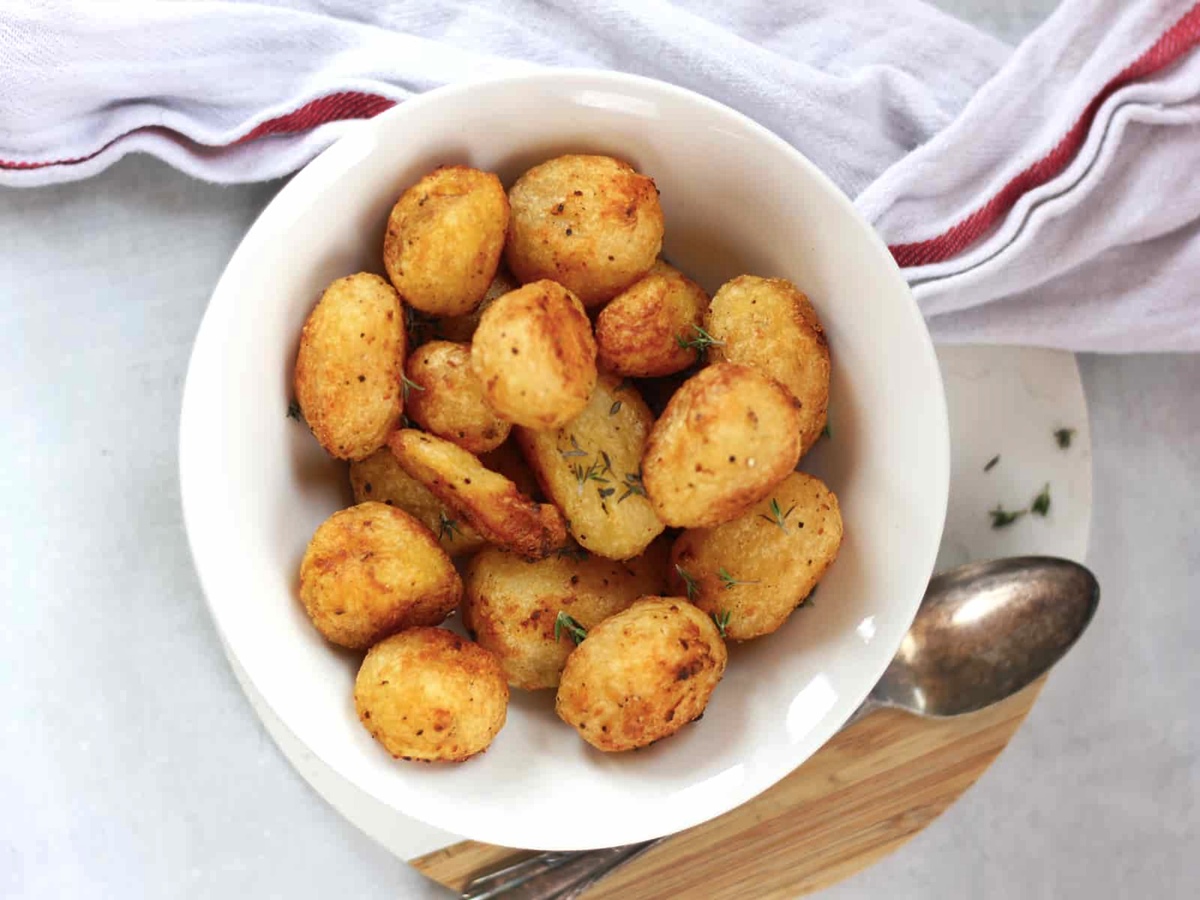Discover the Art of Italian Cooking
Italian cuisine is renowned worldwide for its rich flavors, fresh ingredients, and passionate approach to cooking. If you’ve ever wanted to recreate the magic of an Italian kitchen in your own home, you’ve come to the right place. In this blog post, we’ll guide you through the basics of cooking authentic Italian food, from pasta to pizza and everything in between. Get ready to embark on a culinary journey to the heart of Italy!
The Essentials of Italian Cuisine
Before we jump into specific recipes, let’s first familiarize ourselves with the key elements of Italian cooking:
- High-quality ingredients: Italian cuisine celebrates simplicity, relying on the freshest seasonal produce, artisanal cheeses, and premium cuts of meat. When preparing Italian dishes, opt for locally sourced ingredients whenever possible.
- Flavorsome herbs and spices: The bold flavors of Italian dishes are often enhanced by an array of aromatic herbs and spices. Basil, oregano, rosemary, and garlic are just a few examples of the key players in Italian seasoning.
- Pasta perfection: Italy is synonymous with pasta, and there are countless shapes and varieties to choose from. Whether it’s the classic spaghetti or the curly fusilli, make sure to cook your pasta al dente – firm to the bite.
- Sauces that sing: Italian cuisine offers a spectrum of delightful sauces. From the hearty meat-based Bolognese to the simple but flavorful tomato sauce, mastering the art of Italian sauces is key to becoming an accomplished Italian cook.
Mastering Italian Classics
Now that we have a solid foundation, let’s dive into some iconic Italian dishes that you can try cooking at home:
1. Margherita Pizza
Take your taste buds on a journey to Naples, the birthplace of pizza. Start by making a simple dough using flour, yeast, water, and a pinch of salt. After kneading the dough, let it rise until it doubles in size, then stretch it out into a round shape. Brush the crust with olive oil and top with tomato sauce, mozzarella cheese, and fresh basil leaves. Bake in a hot oven until the crust is crispy and golden.
2. Spaghetti Carbonara
Indulge in the creamy goodness of Spaghetti Carbonara – a dish that originated in Rome. Cook spaghetti until al dente, then set aside. In a separate pan, fry crispy pancetta or bacon until golden. Combine beaten eggs, grated pecorino cheese, and cracked black pepper in a bowl. Toss the cooked spaghetti with the pancetta and then add the egg mixture, mixing well to create a luscious coating. Serve immediately with an extra sprinkle of cheese.
3. Caprese Salad
Celebrate the vibrant flavors of Italy with a refreshing Caprese Salad. Start by layering thick slices of ripe tomatoes and fresh mozzarella cheese on a plate. Drizzle with extra virgin olive oil, sprinkle with salt and black pepper, and garnish with fresh basil leaves. The combination of juicy tomatoes, creamy cheese, and fragrant basil will transport your taste buds to the sunny Mediterranean.
Final Thoughts
Italian cuisine is about more than just food; it’s a way of life that celebrates family, tradition, and the joy of savoring each bite. By familiarizing yourself with the essentials of Italian cooking and trying out some classic recipes, you’ll soon be able to create your own culinary masterpieces.
Remember, the key to cooking Italian food is to embrace simplicity, savor high-quality ingredients, and let the flavors shine. So tie on your apron, gather your loved ones around the table, and immerse yourself in the art of Italian cooking. Buon appetito!
Explore More: Delicious Recipes and Practical Uses
Now that you've grasped the basics of Italian cuisine, it’s time to put your skills to the test with some authentic recipes. Among the wide array of dishes listed, the Classic Margherita Pizza Recipe stands out for its simplicity and charm, making it a perfect starting point. For those seeking a creamy delight, the Spaghetti Carbonara Recipe is a must-try, offering a decadent taste with every bite. Don’t miss out on the Risotto alla Milanese Recipe, a staple that showcases your ability to balance flavor and texture. I highly recommend giving the Tiramisu Recipe a go; it's not only a beloved classic but also a test of your precision in layering and flavor balancing. Each recipe offers a unique challenge and a delicious reward, making your journey into Italian cooking as delightful as it is enriching.
1. Spaghetti Aglio e Olio – a simple dish made with spaghetti, garlic, chili flakes, olive oil, and parsley.
2. Caprese Salad – a refreshing salad made with fresh tomatoes, mozzarella cheese, basil leaves, and balsamic glaze.
3. Margherita Pizza – a classic pizza topped with tomatoes, mozzarella, basil, and a drizzle of olive oil.
4. Chicken Parmigiana – breaded and fried chicken topped with tomato sauce, mozzarella, and Parmesan cheese.
5. Bruschetta – toasted bread topped with fresh tomatoes, garlic, basil, and olive oil.
6. Tiramisu – a delightful dessert made with ladyfingers dipped in coffee, layered with mascarpone cream, and dusted with cocoa powder.
1. Use a large pot: Choose a pot that’s big enough to hold the pasta comfortably with plenty of water to prevent sticking.
2. Bring water to a rolling boil: Fill the pot with water and bring it to a rapid boil before adding the pasta.
3. Salt the water: Add a generous amount of salt to the boiling water. It should taste like seawater.
4. Follow the cooking time instructions: Cook the pasta according to the package instructions, but start testing for doneness a minute or two before the recommended time.
5. Test the pasta: Take out a small piece of pasta and taste it. The pasta should be cooked but still have a slight firmness to it (al dente).
6. Drain immediately: Once the pasta reaches the desired texture, drain it immediately to stop the cooking process. It should be slightly underdone since it will continue to cook in the sauce.
1. Parmigiano-Reggiano: A hard, aged cheese with a sharp and nutty flavor. It is often grated over pasta dishes, soups, and risottos.
2. Mozzarella: A smooth and mild cheese often used in pizza, lasagna, and Caprese salad.
3. Pecorino Romano: A salty and tangy sheep’s milk cheese. It is commonly grated over pasta dishes and is a key ingredient in classics like Cacio e Pepe.
4. Gorgonzola: A blue-veined cheese with a creamy texture and mild tang. It works well in pasta sauces, risottos, and on pizza.
5. Ricotta: A creamy, fresh cheese often used in desserts like cannoli and cheesecake, as well as in lasagna and ravioli fillings.
1. Use fresh produce: Select ripe, seasonal fruits, vegetables, and herbs to achieve the best flavors.
2. Opt for high-quality olive oil: Look for extra virgin olive oil, as it has a superior flavor and can greatly enhance the taste of Italian dishes.
3. Choose the right pasta: Look for high-quality pasta made from durum wheat semolina for the best texture and flavor.
4. Invest in good cheese: Quality cheeses like Parmigiano-Reggiano and Mozzarella can elevate your dishes.
5. Use authentic Italian ingredients: Seek out authentic Italian products, such as San Marzano tomatoes for sauces, for an authentic taste.
By prioritizing quality ingredients, you can create more delicious and authentic Italian dishes.
1. Balance acidity: Add a pinch of sugar to tomato-based sauces to balance out the acidity.
2. Toast your spices: Lightly toasting dried herbs and spices before using them can intensify their flavors.
3. Slow cooking: For dishes like ragu or sauces, simmer them over low heat for a longer time to develop deep flavors.
4. Freshly grated cheese: Grate Parmigiano-Reggiano or Pecorino Romano cheese just before serving to enhance their aromas.
5. Finish with fresh herbs: Add a sprinkle of fresh herbs like basil, parsley, or thyme to your dishes just before serving for a burst of flavor.
6. Taste and adjust: Continuously taste your dishes as you cook and adjust the seasoning as needed to make sure the flavors are balanced.
Remember, cooking Italian food is not only about following recipes but also about experimenting, exploring flavors, and enjoying the process!
Explore More: Delicious Recipes and Practical Uses
Now that you've grasped the basics of Italian cuisine, it’s time to put your skills to the test with some authentic recipes. Among the wide array of dishes listed, the Classic Margherita Pizza Recipe stands out for its simplicity and charm, making it a perfect starting point. For those seeking a creamy delight, the Spaghetti Carbonara Recipe is a must-try, offering a decadent taste with every bite. Don’t miss out on the Risotto alla Milanese Recipe, a staple that showcases your ability to balance flavor and texture. I highly recommend giving the Tiramisu Recipe a go; it's not only a beloved classic but also a test of your precision in layering and flavor balancing. Each recipe offers a unique challenge and a delicious reward, making your journey into Italian cooking as delightful as it is enriching.
Was this page helpful?
Read Next: How To Cook Chilean Sea Bass With Skin
